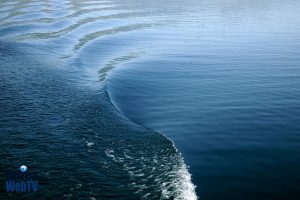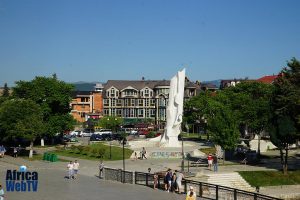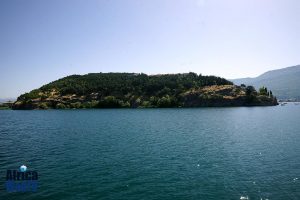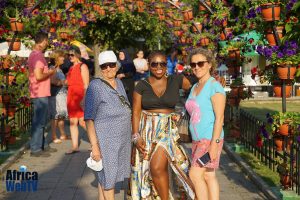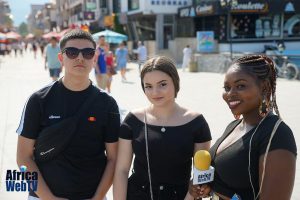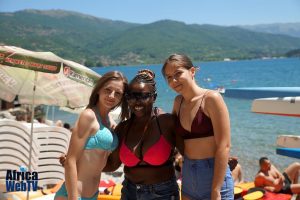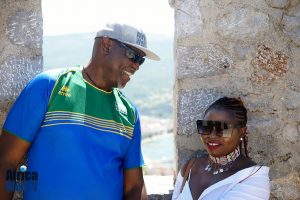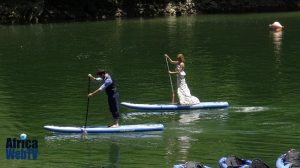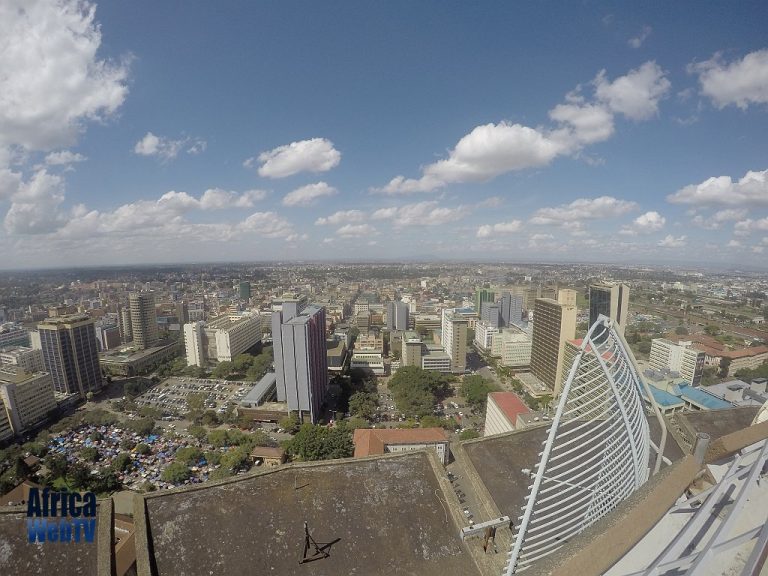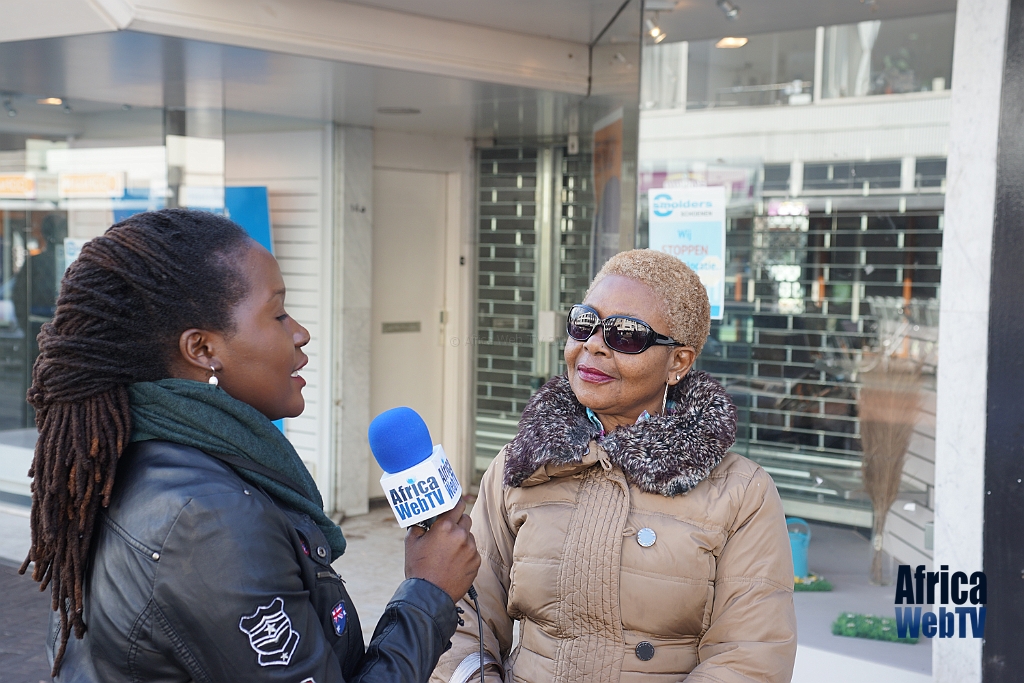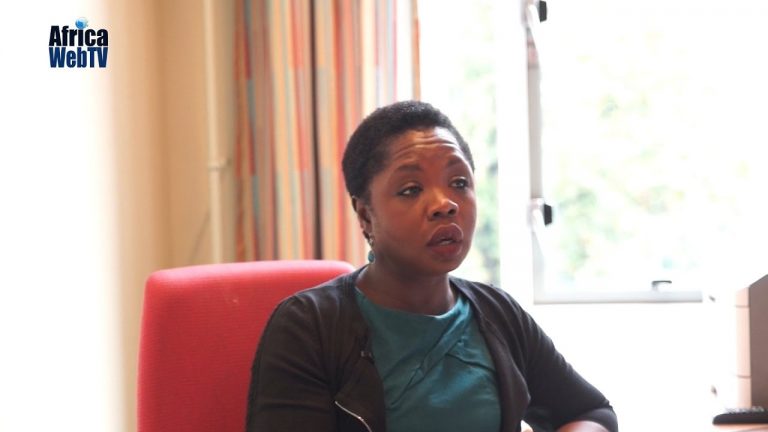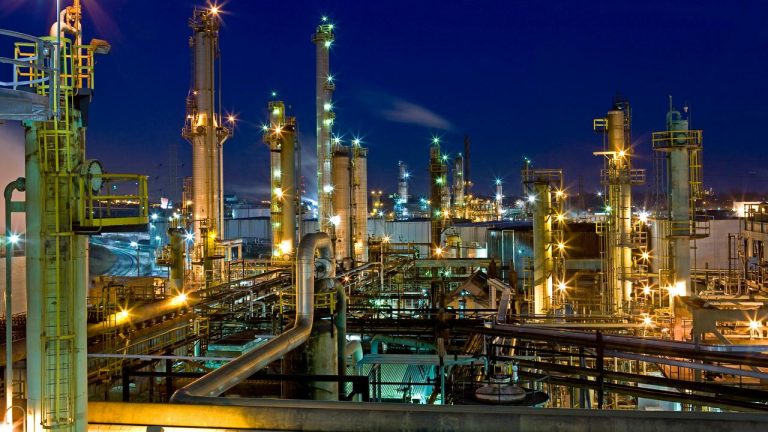Macedonia – The story of a beautiful Afropean Safari!
This blog is also published on The Afropeans
Tucked somewhere in plain view right in the centre of Europe, Macedonia is a country that is as authentic as they come. As an Afropean one always feels at home anywhere in Europe and in Africa. But without a doubt, Macedonia was a real eye-opener.
Macedonia? Where is that? Those were the 2 most asked questions when we (2 colleagues at Africa Web TV) told people we were going there to film another episode of the series called Afropean Safari. This is a travel cum educational series where Africa Web TV tries to show Afropeans (people of African origins living in Europe) “unusual” places and destinations to see both in Europe and Africa. In other words, we try to encourage Afropeans to travel outside of their comfort zones. Throughout our stay in Macedonia the questions we heard most from many of our friends were; Why Macedonia? Aren’t they racists?
The answer to the first part of the question is we don’t really know! Of course we know! An Africa Web TV colleague called and wanted to go anywhere where we could film and where she could relax and enjoy her upcoming birthday. It must be somewhere outside The Netherlands, where we are based. It must be a country/place we had never been to. And we had to leave within 2 weeks! No pressure!
We had a very tight budget so a lot of options in terms of destinations fell away. We were both adamant we did not want to go to the obvious places like Spain and Turkey. After about 2 days of intense searching, we saw an offer from Corendon travels which was too good to resist. We could go for 7 days from Maastricht to Ohrid, Macedonia for around 200 euro per person including hotel and breakfast. If we paid 99 euro at the hotel we could even go on a 4-day excursion through Macedonia and Albania! Sounded like a good offer. It dawned on us that we could, on this one trip, record 2 episodes of Afropean Safaris in 2 countries for a bargain! Wow! But we were both kind of like “But it is Macedonia, we don’t know anything about her so we are not sure!” That was the human side. The reason we do Afropean Safaris is exactly to not have this fear of the unknown. So on Monday we booked and 3 days later on Thursday we were Macedonia bound!
The answer to the second part of the earlier question; (Aren’t they racists?) is simple. We did not go to North Macedonia looking for racists so we did not find one. Of course we as 2 black people attracted lots of curious stares. We were both the tourists and the tourist attraction wrapped in one. But it was a nice way of travelling. We were celebrities in a sea of white faces. Everyone was curious or wanted to take a picture of us or with us. Some covertly took pictures and videos but most walked to us to have a talk and have pictures taken with us. However, apart from being an object of curiosity, the country genuinely reminded us of any other country in Africa. We felt welcomed. At many a restaurant we always got some free beverages on the house as people showed genuine interest in us. In any case, if anyone is a racist it is their problem not ours. That has always been our mantra wherever we go. We will not go anywhere using our race as a cover for any insecurities. We as Afropeans have a right to be wherever we want to be just like anybody else. We are aware and proud of our race but it is not a cross we carry around every day to ward off some evil spirits dressed in the colours of racism. We went Macedonia to discover and have fun. This we did in abundance. But we digress a bit. Back to Macedonia!
Macedonia is the most beautiful country in Europe and Macedonians are the most welcoming people we have met so far on our European Safari! What an experience. What a country. What a people. What a beauty! From the moment we landed at Ohrid airport it was like a homecoming. Every moment provided a new highlight and fun.
We saw places that reminded us of places like Zanzibar, Mombasa, Banjul, Agadir, Lagos etc. The summer weather, the rivers and lakes, the vegetation, the marketplace, the street life and especially the family-oriented lives of the people made Macedonia feel like we were somewhere in the middle of Africa rather than a country in the middle of Europe.
The city of Ohrid could easily be a combination of Mombasa and Stone Town in Zanzibar. With its picturesque views, hilly castles, ancient amphitheatres along the river banks, stony streets and lively boats along the parks with non-stop commercial activities, Ohrid reminded one of evenings spent in Forodhani and Mombasa. The people are just as friendly. The main market in Ohrid looks more like any small version of the Serekunda market in The Gambia. You don’t see markets like that any more in most parts of Europe. The Samuel’s Fortress is a very impressive fortress in the old town of Ohrid. Some contend that this fortress was built on the place of an earlier fortification, dating back to the 4th century BC.
In every town, city or village you will find an assortment of monasteries, churches and mosques. Ohrid alone has 365 churches. Let that sink in. There is a church for everyday of the year! It is not for nothing that Ohrid is known as the Jerusalem of the Balkans. This pattern is repeated all over Macedonia. Although there are not as many mosques, the number we encountered is still impressive by any measure. One of the more famous is the Monastery of Saint Naum which is named after the medieval Saint Naum. The monastery was established in the Bulgarian Empire in 905 A.D. by Saint Naum of Ohrid himself. He is also buried in the church. You are not allowed to make pictures or videos inside the church. Nobody could tell us why. We were told the coffin of Saint Naum was lying there and if you put your ear on the coffin, you could still hear him breath! Try as much as we did, we could hear no heartbeat. We saw a speaker somewhere though. Heartbeat simulation? Is that why cameras are discouraged? We will leave the answers to you.
The city of Struga where we actually stayed is like any town in Africa. Struga is located in an open valley on Lake Ohrid. Street traders are active till deep in the night. Humans, yes as in human beings are actually on the streets doing all sorts of things people do on the streets in the evenings. Unlike in Western Europe where the streets seem like graveyards at night, Struga and the other parts of Macedonia we visited, ooze life and fun. It is a beautiful city with River Drim flowing through it. The kids make use of this river to cool down and have fun during the hot summer months. Otherwise, people just go to the beach which is 200 metre walk from anywhere in the town.
https://www.facebook.com/webtvafrica/videos/2413126162281716/
Those seeking thrills and adventures are in for a treat. We were not seeking to be famous but dead, still we went paragliding! Take off point – Galichica mountain, 1700 metres above sea level which translates to 5577 feet! The tandem flight with a paraglider is the easiest, fastest, and the safest way to feel free as a bird, to feel the freedom and the peace that the nature offers. Flying from Galichica mountain is the best feeling ever! Even though we were initially scared, once we were airborne we felt the serenity of the whole experience. In fact, the paragliding experience had a tinge of an anti-climax to it. We just sat in the air like we were sitting in the comfort of our homes while enjoying the view. It was nothing like the crazy acrobatic stunts and movements in the air that had got us scared in our imagination. As Afropeans, it is essential we take full advantage of our heritage and the luck we have of being able to navigate seamlessly between 2 cultures and 2 continents. Visiting Macedonia certainly enriched our minds and gave us a feeling of visiting Africa on the cheap. Food and other essentials are ridiculously low priced.
https://www.facebook.com/webtvafrica/videos/488017775265433/
If you are the type that is interested in buildings, statues and museums then the Macedonian capital city of Skopje is the place you need to visit. It is beautiful and modern while retaining its authenticity. One advice though, Skopje is hoooot in the summer! Unlike Struga and to some extent Ohrid where you are in the middle of nature, in Skopje you are in the middle of concrete! Concrete retains heat. To illustrate, the day we went to Skopje, the temperature was 37 degrees whereas in Struga and Ohrid it was just 26 degrees.
If you are going to Skopje find time to drop by the Matka canyon. What a beautiful place that is! You can kayak, swim or just take the most beautiful pictures amongst the breath-taking gauges and rocks adjourning this little place. Matka meaning “womb” is a canyon located west of central Skopje. Covering roughly 5,000 hectares, Matka is one of the most popular outdoor destinations in Macedonia . The Matka Lake within the Matka Canyon is the oldest artificial lake in the country. The canyon is one of Macedonia’s foremost areas for alpine hiking.
https://www.facebook.com/webtvafrica/videos/496568844413885/
If you have not seen enough churches and monasteries or you are looking for a modern day mythical person, the birth house of Mother Teresa is highly recommended. It is situated right in the middle of Skopje. Mary Teresa Bojaxhiu (born Anjezë Gonxhe Bojaxhiu 26 August 1910 – 5 September 1997), commonly known as Mother Teresa was born in Skopje. After living in Skopje for eighteen years, she moved to Ireland and then to India, where she lived for most of her life. There is a guide there who tells you everything you need to know about Mother Teresa.
Skopje is the country’s political, cultural, economic, and academic centre. At the Museum of the Macedonian Struggle the exhibit covers the period from the beginning of the resistance movement against the Ottoman rule, until the declaration of independence from Yugoslavia on 8 September 1991. The guided tours take visitors through 13 exhibits ending in front of the original copy of the 1991 Declaration of Independence. Officially making videos and pictures inside are discouraged.
The Turkish Bazaar is a bazaar located in Skopje, North Macedonia, situated on the eastern bank of the Vardar River, stretching from the Stone Bridge to the Bit-Pazar and from the Skopje Fortress to the Serava river. It has been Skopje’s centre for trade and commerce since at least the 12th century.
Is it all hosanna in Macedonia? Of course not. We spent too short a time in the country to experience things that are overtly against us as Afropeans. Some of the things some might see as irritating (like lots of beggars on the street), we took as part of the scenery. Of course one had to be firm with the beggars otherwise they will follow you all day long. Unfortunately, we did not get to explore the nightlife in Macedonia. However, if the reception we got as Afropeans during our time in North Macedonia is anything to go by, then going to the clubs should be a real treat.
In conclusion from the moment these Afropeans stepped out of the aircraft in Ohrid till the moment we left again, we felt like fishes in the water. We were treated with love and respect. People were naturally racially curious. But from what we experienced, it was always in a positive way. Some gems are hidden in plain view. Macedonia is one of those. Surely, this is the beginning of an Afropean love affair with this beautiful Balkan country. We shall be back! Blagodaram Makedonija!
PS. The official name is Republic of North Macedonia. For this blog we use the name Macedonia.



